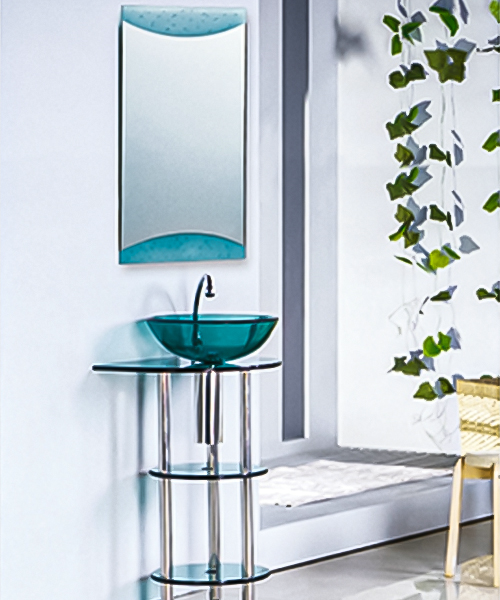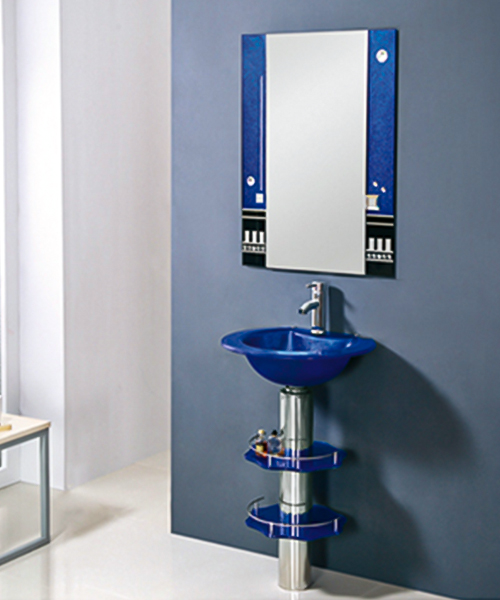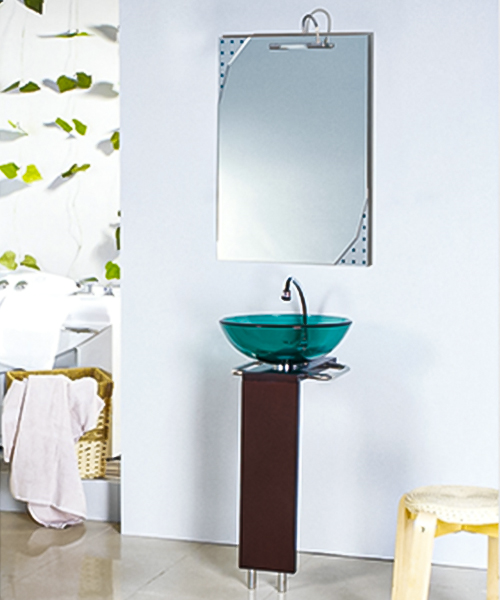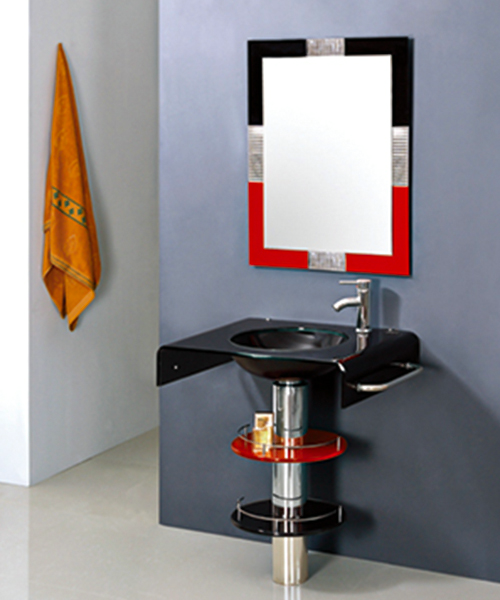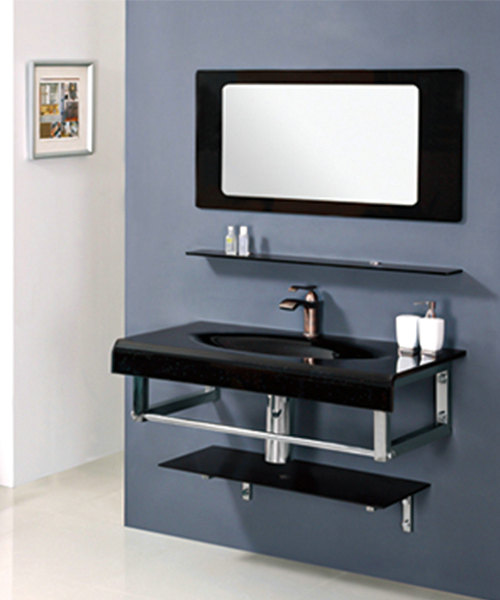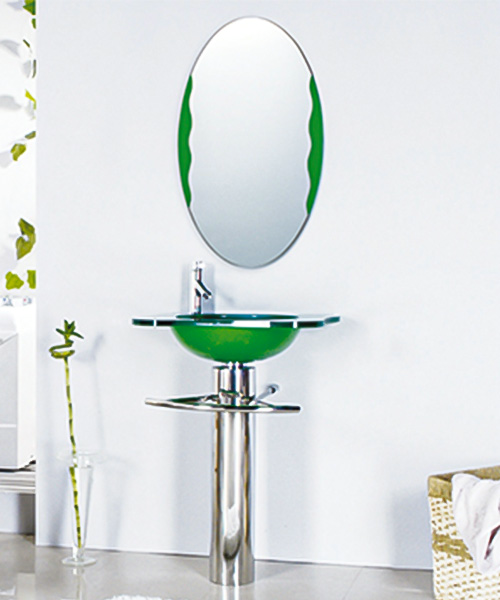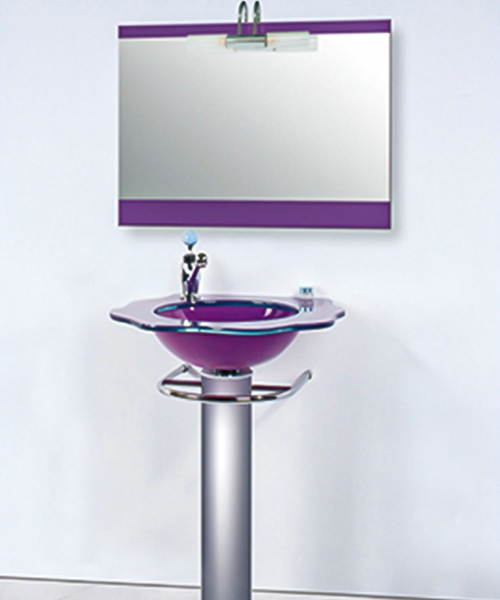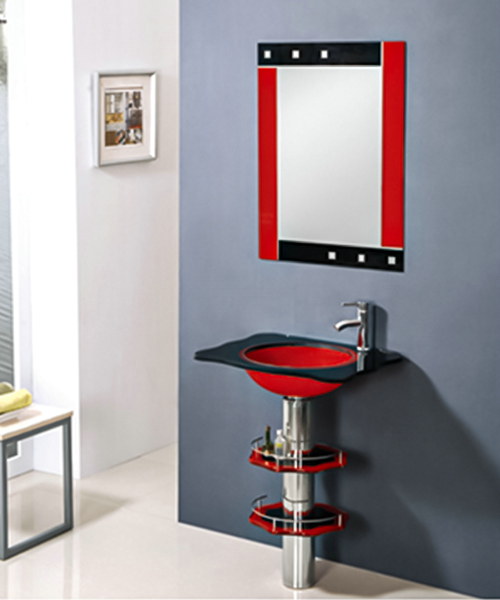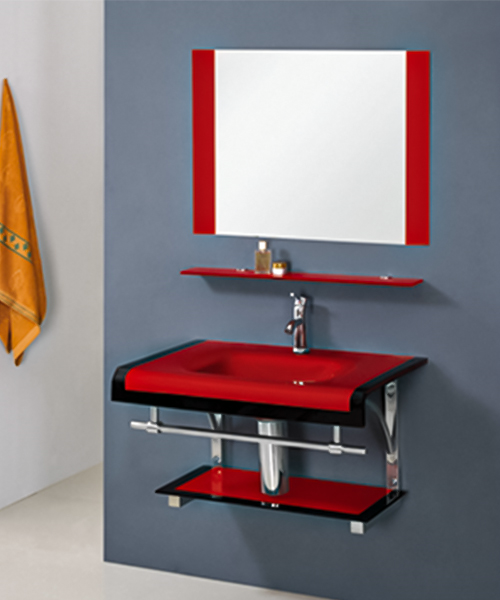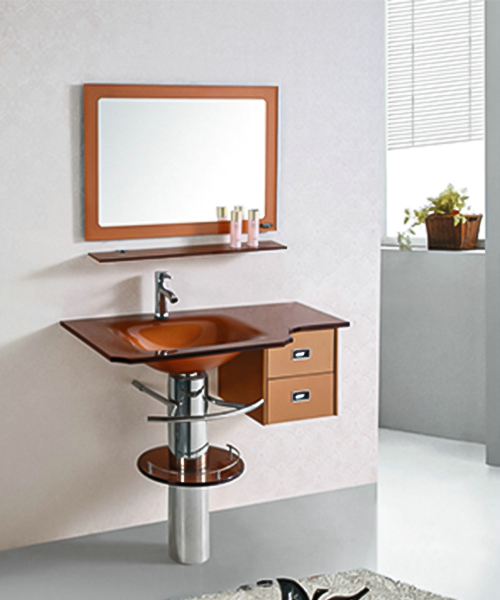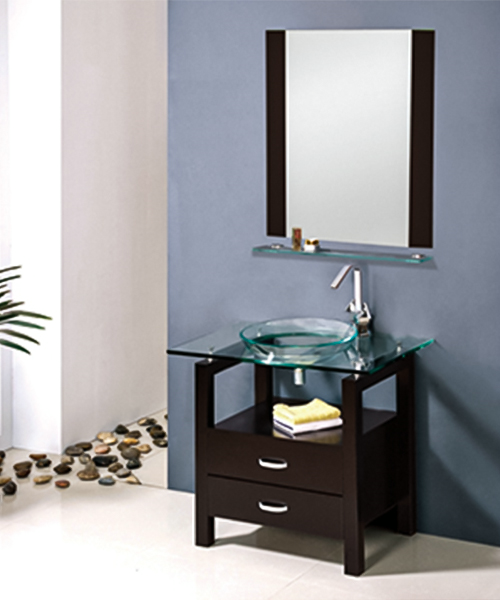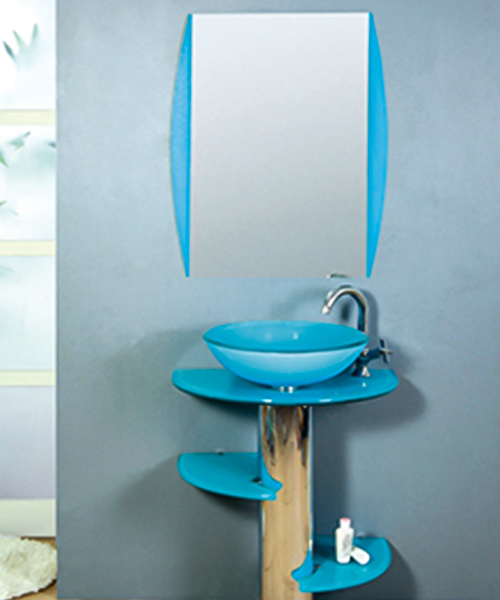Cleaning and maintaining a traditional simple decal mirror requires careful attention to both the glass surface and the delicate decorative decal to ensure longevity and preserve its aesthetic appeal. Since mirrors with decals are more sensitive than plain mirrors, improper cleaning methods can lead to peeling, fading, or even permanent damage to the design. Before beginning the cleaning process, it’s important to remove loose dust and debris that may have settled on the mirror’s surface. Using a soft microfiber cloth or a feather duster is ideal, as these materials are gentle enough to avoid scratching the glass or disturbing the decal. Rough materials like paper towels or coarse sponges should be avoided, as they can leave micro-scratches over time or cause the edges of the decal to lift. If the mirror is particularly dusty, a light pass with a dry cloth will prevent particles from scratching the surface during deeper cleaning.
For a deeper clean, a mild cleaning solution should be prepared. A mixture of equal parts distilled water and white vinegar works well for mirrors, as it effectively removes fingerprints and smudges without leaving streaks. Alternatively, a small drop of mild dish soap diluted in warm water can also be used. It’s crucial to avoid ammonia-based glass cleaners, as they can degrade the mirror’s reflective backing over time and may weaken the adhesive holding the decal in place. Once the solution is ready, it should be lightly sprayed onto the mirror’s glass surface rather than directly onto the decal. Excessive moisture can seep under the edges of the decal, causing it to loosen or peel. Instead, a slightly dampened microfiber cloth can be used to gently wipe the glass in circular motions, focusing on areas with visible smudges or stains.
After cleaning, the mirror should be dried immediately to prevent water spots. A clean, lint-free cloth or a soft paper towel works well for buffing the glass to a streak-free shine. If any moisture has accidentally come into contact with the decal, it should be carefully dabbed—not rubbed—with a dry cloth to avoid disturbing the adhesive. For stubborn residues, such as sticky fingerprints or hard water spots, a slightly stronger solution of vinegar and water can be applied, followed by a quick rinse with distilled water to prevent mineral buildup. Aggressive scrubbing should always be avoided, as it can scratch the glass or damage the decal.
Regular maintenance plays a key role in preserving the mirror’s appearance. Keeping the mirror away from direct sunlight helps prevent the decal from fading or peeling due to prolonged UV exposure. Humidity can also affect the adhesive over time, so placing the mirror in a well-ventilated area is advisable. If the decal begins to lift at the edges, a small amount of clear glue, such as Mod Podge, can be applied with a fine brush to re-secure it without leaving visible marks.
In cases where the decal has become worn or damaged, careful removal may be necessary before applying a new design. If residue remains after peeling off the old decal, a small amount of rubbing alcohol can be used to dissolve the adhesive—though it’s important to test this on a hidden area first to ensure it doesn’t harm the mirror’s backing. Once the surface is clean and dry, a new decal can be applied smoothly, ensuring no air bubbles are trapped beneath it.

 English
English Español
Español عربى
عربى